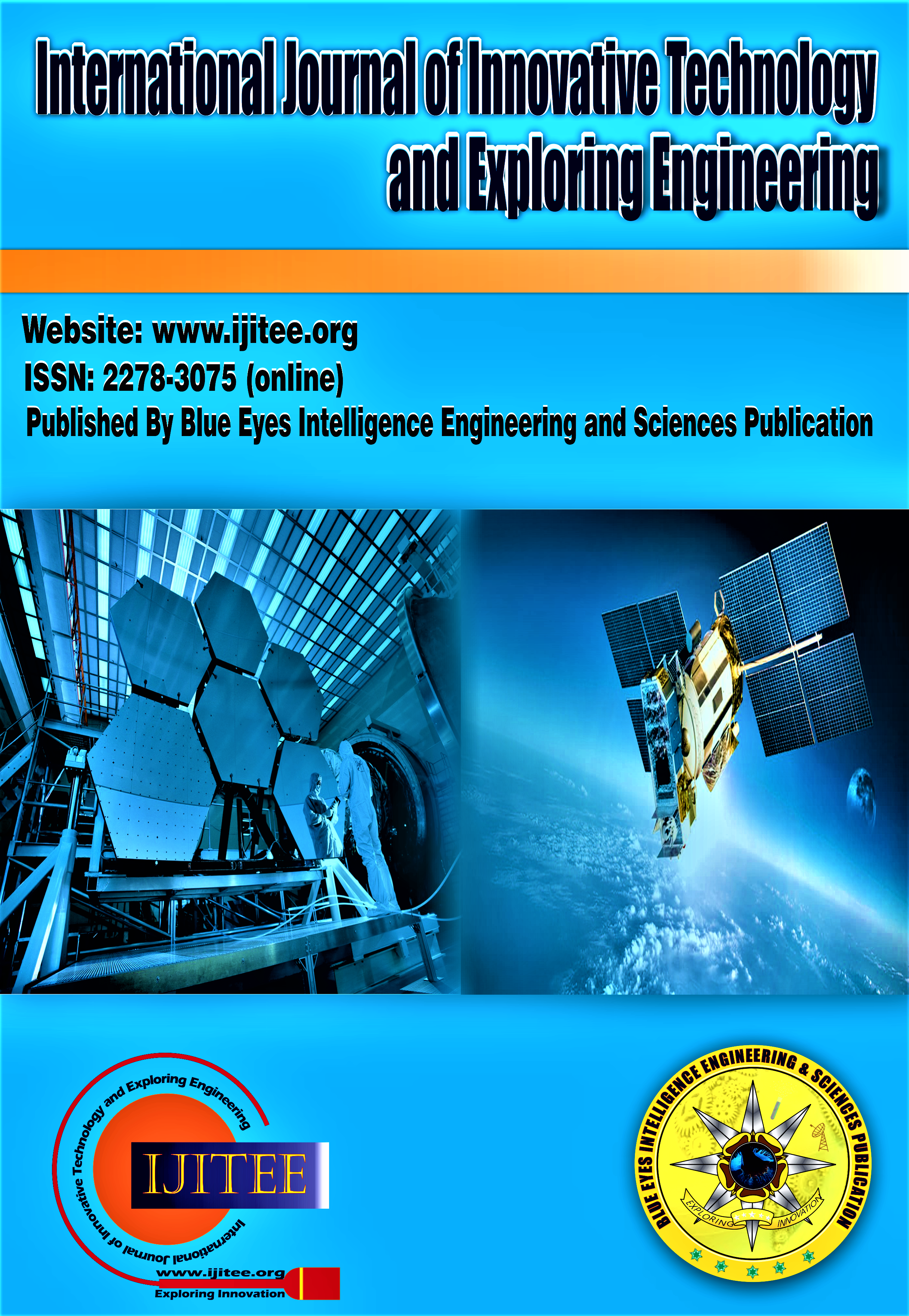Enhancing AGC Efficiency and Settling Time in Multi-Area Power Systems with Grasshopper-Based PID Optimization under Open Market Dynamics
Main Article Content
Abstract
This paper delves into the optimization of Automatic Generation Control (AGC) using a Grasshopper-based PID approach in multi-area power systems. It investigates the performance of this method in scenarios both with and without High-Voltage Direct Current (HVDC) links, operating under an Open Market System. Through simulations, the study evaluates the effectiveness of the Grasshopper-based PID controller in maintaining system stability and enhancing power generation within a competitive energy market. The findings provide insights into the adaptability of this technique across different network configurations, shedding light on its potential to enhance AGC efficiency and grid robustness in a dynamic energy landscape. This research contributes to advancing AGC strategies in complex energy markets, offering DISCO's and TRANSCO's a robust solution for optimized power generation, improved stability, and reduced frequency deviations in multi-area systems.
Downloads
Article Details
Section

This work is licensed under a Creative Commons Attribution-NonCommercial-NoDerivatives 4.0 International License.
How to Cite
References
Kundur, P., Balu, N. J., & Lauby, M. G. (1994). Power system stability and control. McGraw-Hill
Pal, T., & Swarup, K. S. (2011). Application of optimisation techniques to automatic generation control of interconnected power systems. IET Generation, Transmission & Distribution, 5(7), 765-774
Li, C., Wang, Q., & Zhou, Z. (2020). A survey on modern optimal control and estimation methods in power systems. IEEE Transactions on Industrial Informatics, 16(6), 4103-4112. using intelligence and deep learning,” IEEE Access, vol. 7, pp. 115749–115759, 2019, doi: 10.1109/ACCESS.2019.2931637. https://doi.org/10.1109/ACCESS.2019.2931637
Saremi, S., Mirjalili, S., & Lewis, A. (2017). Grasshopper optimization algorithm: Theory and application. Advances in Engineering Software, 105, 30-47. https://doi.org/10.1016/j.advengsoft.2017.01.004
Sharifi, A., & Ranjbar, A. M. (2020). Application of Grasshopper Optimisation Algorithm for AGC Problem Considering Wind Power Penetration. International Journal of Electrical Power & Energy Systems, 116, 105505.
El-Zonkoly, A. M. (2013). Artificial bee colony algorithm for economic dispatch with valve-point effect and multiple fuels. International Journal of Electrical Power & Energy Systems, 44(1), 37-42.
Kazmi, M. M. A., and Khan, M. A. (2021). “Robust load frequency control of power systems using adaptive neural networks”. IET Generation, Transmission & Distribution, Vol. 15 No. 11, pp. 2620-2627.
Dash, S. K., & Dash and S. C. (2021). “A review of load frequency control techniques in power systems”. Renewable and Sustainable Energy Reviews, Vol. 156, pp. 111827.
Rao, P. S., and Nayak, M. C. (2022), “Optimal load frequency control considering predictive functional modified droop control”. IET Power Electronics, Vol. 15, No. 7, pp. 1933-1944.
Zhang, Y., and Wang, Y. (2022), “Load frequency control in smart grids using distributed control: A review”. IEEE Transactions on Smart Grid, Vol. 13, No.1, pp. 454-466.
Priyadarshini, S. K., Panda, S. K., & Dash, S. C. (2023), “A survey on distributed control for load frequency control of hybrid AC/DC microgrids”. Renewable and Sustainable Energy Reviews, Vol. 149, pp. 111923.
Ramprasath, Mr. P., & Nagaraj, Prof. MKNM. S. (2020). Analysis of Power System Stability by using Facts Devices. In International Journal of Recent Technology and Engineering (IJRTE) (Vol. 9, Issue 1, pp. 1617–1621). https://doi.org/10.35940/ijrte.a2246.059120
Udebunu, I., Frederick, Chukwukadibia., A., Michael, & Onyema, A., Isdore. (2019). Improving Power Transmission System Stability in Nigerian using Statcom Device Controller. In International Journal of Innovative Technology and Exploring Engineering (Vol. 8, Issue 12, pp. 3623–3627). https://doi.org/10.35940/ijitee.l3806.1081219
Alajab, I. S., Hamid, D. G., & Elzubair, A. A.-E. (2022). Voltage S tability Assessment of Sudan ese National Network within Re Evaluation of the SVC Projects. In International Journal of Advanced Engineering and Nano Technology (Vol. 9, Issue 5, pp. 1–7). https://doi.org/10.35940/ijaent.e0469.059522
Paliwal, S. (2022). FACTS Devices in Indian Power System. In Indian Journal of Energy and Energy Resources (Vol. 1, Issue 3, pp. 9–11). https://doi.org/10.54105/ijeer.c1005.051322
Yadav, P. S., & Jain, H. (2023). Review of 6T SRAM for Embedded Memory Applications. In Indian Journal of VLSI Design (Vol. 3, Issue 1, pp. 24–30). https://doi.org/10.54105/ijvlsid.a1217.033123





